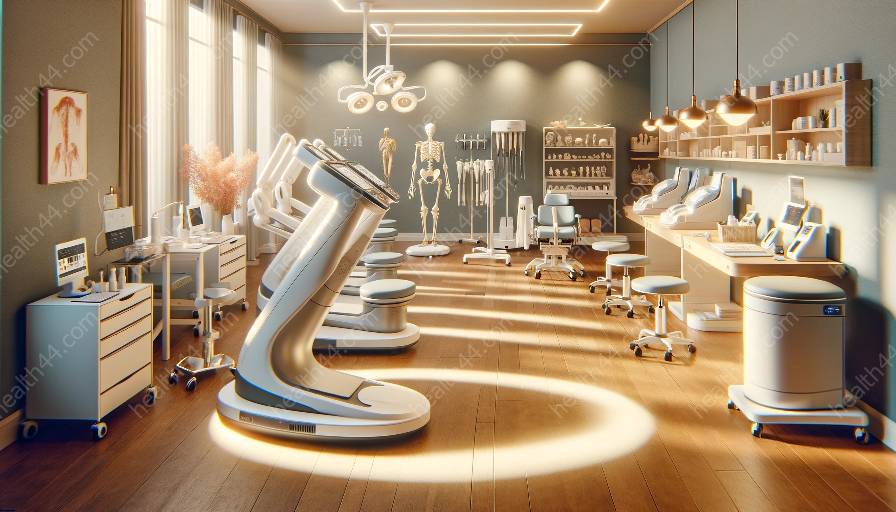Orthopedic devices for the spine are crucial in the field of orthopedic equipment and medical devices. From innovative technologies to various treatment options, these devices play a significant role in improving spine health and addressing orthopedic conditions.
Introduction to Orthopedic Devices for the Spine
Orthopedic devices for the spine are specialized instruments and equipment designed to diagnose, treat, and manage conditions affecting the spinal column. These devices are essential in orthopedic care, as they range from implants and surgical tools to external support and monitoring devices.
Types of Orthopedic Devices for the Spine
There is a wide variety of orthopedic devices tailored to address different spinal conditions:
- Spinal Implants: These devices are used in surgical procedures to stabilize and support the spine, such as spinal fusion implants and artificial discs.
- Braces and Supports: Orthopedic braces and supports are utilized to provide external support and alignment for spine-related issues, including scoliosis and post-operative care.
- Orthotic Devices: These custom-made devices are designed to support or correct the spine's alignment and function, often used in conditions like kyphosis and lordosis.
- Monitoring and Diagnostic Equipment: Advanced technologies such as MRI machines, X-ray systems, and bone density scanners are integral in diagnosing and monitoring spinal conditions.
Integration with Orthopedic Equipment
Orthopedic devices for the spine are interconnected with a broader range of orthopedic equipment, including:
- Surgical Tools: Instruments and tools specifically designed for spinal procedures, such as spinal microscopes and surgical drills.
- Prosthetics and Orthotics: Customized prosthetic limbs and orthotic devices that complement spinal treatment and rehabilitation.
- Rehabilitation Equipment: Devices used to aid in physical therapy and rehabilitation post-spinal surgery or injury, such as traction tables and therapeutic exercise equipment.
- Minimally Invasive Devices: The development of minimally invasive surgical techniques and tools has revolutionized the treatment of spinal conditions, reducing recovery time and complications.
- Implant Materials: Advancements in biomaterials have resulted in more durable and biocompatible spinal implants, improving long-term outcomes for patients.
- Virtual Reality and Robotics: The integration of virtual reality and robotics in orthopedic equipment enhances surgical planning, training, and precision in spinal procedures.
- Personalized Medicine: Tailoring treatments and devices to individual patients' unique anatomical and physiological characteristics for more targeted and effective spine care.
- Biomechanics and Bioengineering: Research in biomechanics and bioengineering is driving the development of advanced orthopedic devices that mimic the natural functions of the spine.
- Telemedicine and Remote Monitoring: Integration of telemedicine and remote monitoring systems to enhance post-operative care and ongoing management of spinal conditions.
Advancements in Medical Devices & Equipment
Medical technology continues to rapidly evolve, leading to innovative advancements in orthopedic devices for the spine:
Future Trends and Innovations
As the field of medical devices and orthopedic technology continues to progress, several trends and innovations are shaping the future of orthopedic devices for the spine:
Overall, orthopedic devices for the spine represent a vital aspect of both orthopedic equipment and medical devices, contributing to the comprehensive care and treatment of spinal conditions. The continuous advancements in technology and innovative solutions are paving the way for improved outcomes and patient care in the field of orthopedic spine devices.


